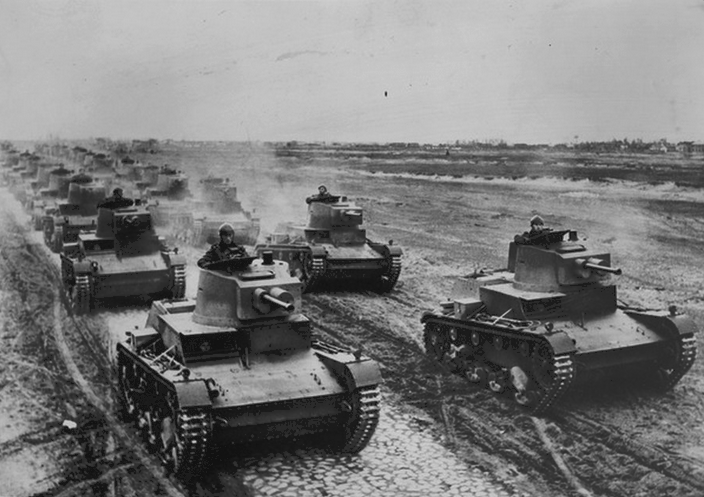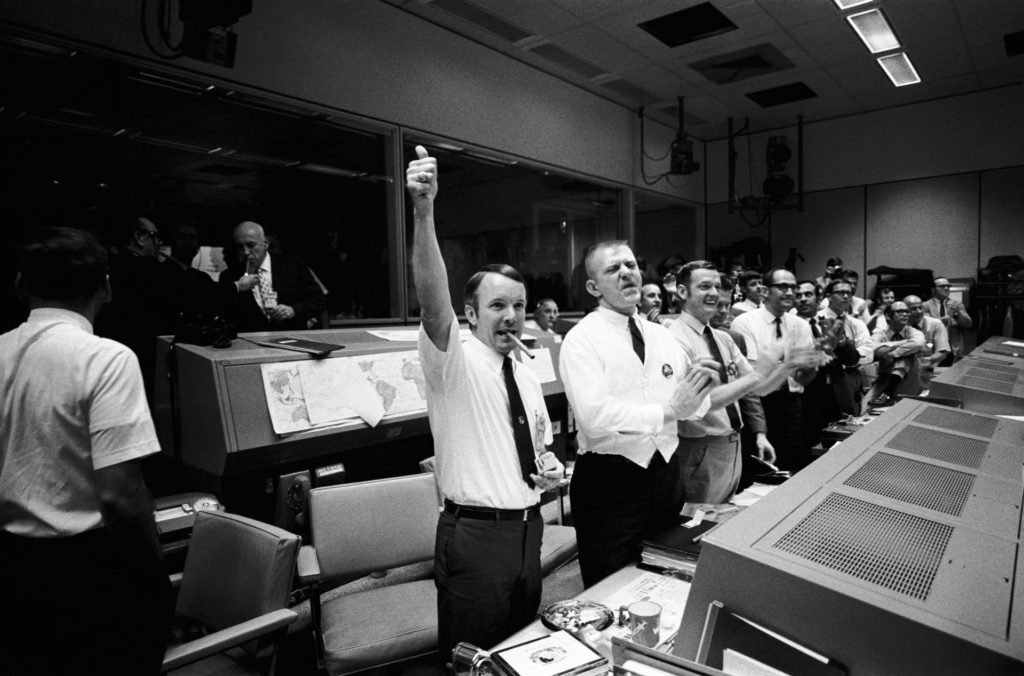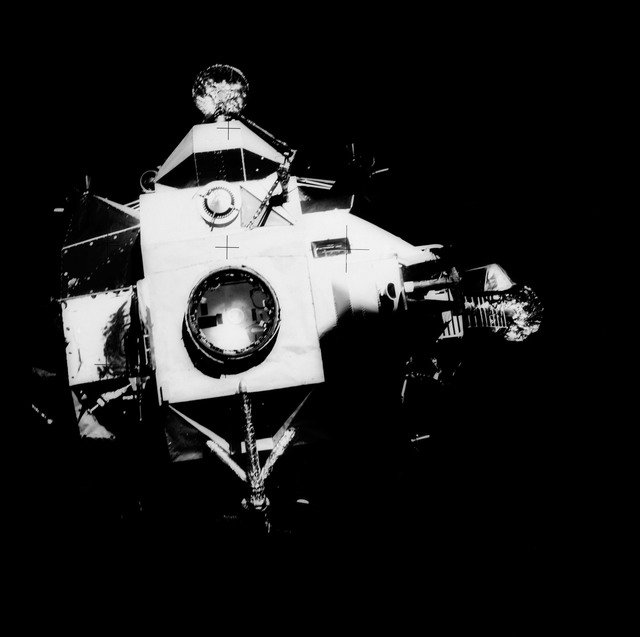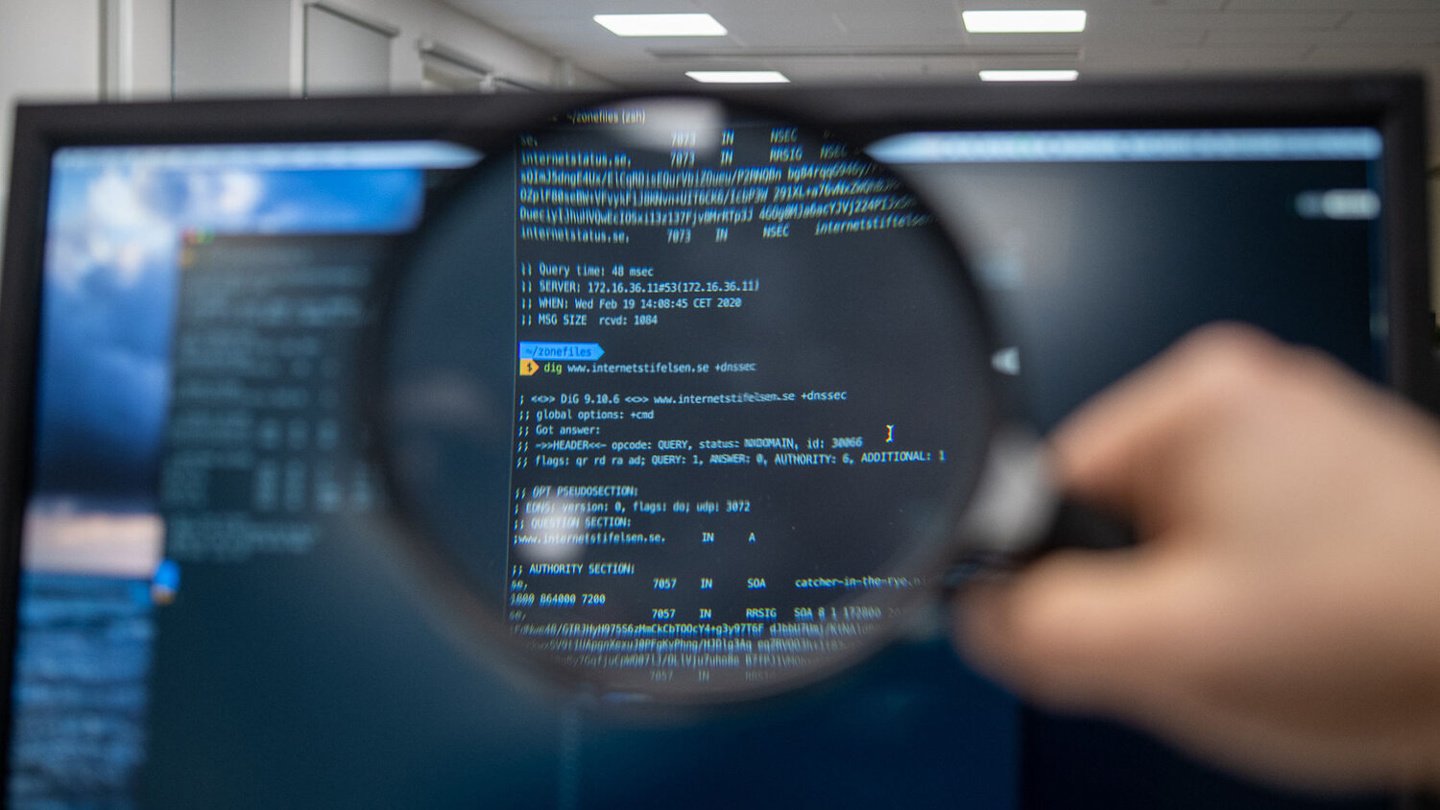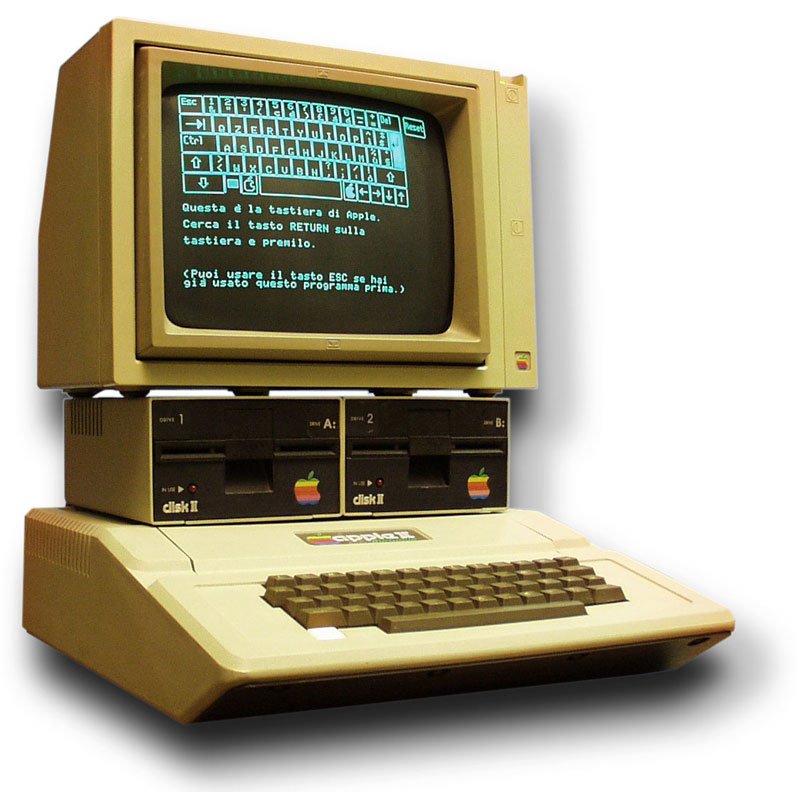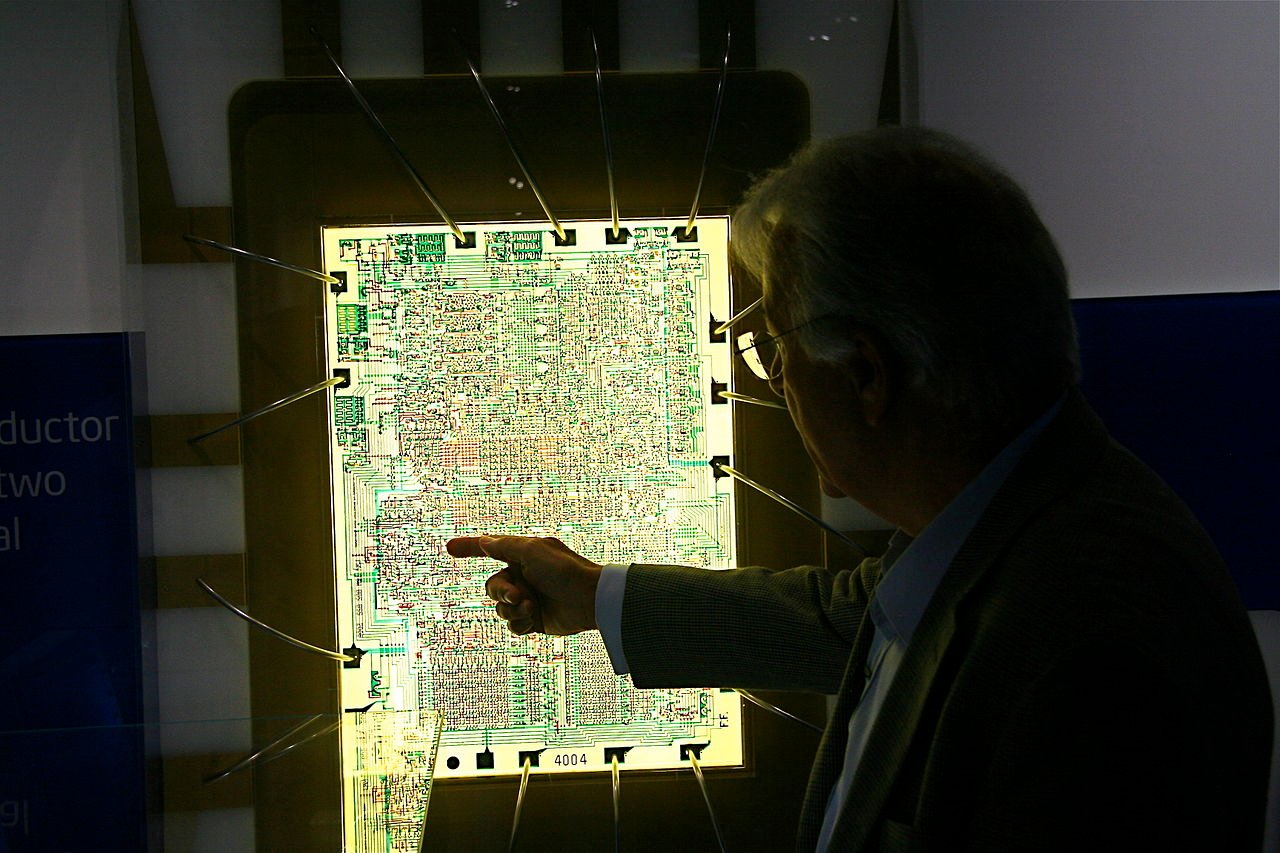The evolution of technology and the modern digital age we live in today can be traced back to the pioneering days of computing when the first operating systems (OS) emerged. One of the most significant milestones in the chronicle of OS development is UNIVAC I, which not only marked the inception of OS but also played a pivotal role in shaping computer software history.
Before the advent of OS, early computers required users to interact directly with the hardware, a tedious and intricate process that demanded an in-depth understanding of machine code. This cumbersome method was dramatically transformed with the introduction of the UNIVAC I Operating System in the early 1950s. UNIVAC I, short for Universal Automatic Computer I, was one of the very first computers to feature a recognizable operating system, and it revolutionized the way computers operated.
The UNIVAC I OS served as a foundational pillar for subsequent OS developments. It introduced key functionalities we now take for granted, such as job scheduling, input/output control, and error handling. These capabilities improved computing efficiency and paved the way for the eventual multi-user, multitasking operating systems we use today.
Table of Contents
As we delve into the fascinating journey of OS evolution, we’ll explore the pivotal role that UNIVAC I and other early operating systems played in shaping the trajectory of computer software history. From these humble beginnings, we’ll trace the remarkable progression of OS technology, witnessing how it has become an integral part of modern computing, enabling us to accomplish tasks unimaginable to the pioneers of the digital age. Join us on this enlightening exploration of operating systems’ past, present, and future.

What was the first OS by Bill Gates?
The first operating system (OS) associated with Bill Gates was not developed by him but by Microsoft, the company he co-founded with Paul Allen. The operating system in question is “MS-DOS,” which stands for Microsoft Disk Operating System.
MS-DOS was initially created to work with the IBM Personal Computer (IBM PC) in 1981. It provided a command-line interface for users to interact with the computer, manage files, and run applications. While it wasn’t the first operating system for personal computers, it became one of the most widely adopted OSes during the early years of the PC revolution.
Bill Gates and Microsoft played a pivotal role in the success of MS-DOS by securing a contract with IBM to provide the operating system for their PC, which set the stage for Microsoft’s dominance in the software industry.
MS-DOS laid the foundation for Microsoft’s subsequent operating systems, including Windows, eventually becoming the dominant graphical user interface-based PC operating system. Thus, while not the first OS ever developed by Bill Gates, MS-DOS was a crucial early milestone in his career and Microsoft’s rise in the technology world.
Is UNIX the first operating system?
UNIX is not the first operating system, but it is one of the earliest and most influential ones in the history of computing. Ken Thompson, Dennis Ritchie, and others developed UNIX in the late 1960s and early 1970s at AT&T’s Bell Labs. It was inspired by an earlier operating system called Multics, an MIT, Bell Labs, and General Electric project.
While UNIX was not the first OS, it was groundbreaking in several ways. It introduced the concept of a portable, multitasking, and multi-user operating system with a hierarchical file system. These innovations made it highly versatile and suitable for various computer architectures.
The importance of UNIX lies in its impact on subsequent operating systems. Many modern operating systems, including Linux and macOS, have UNIX roots or are POSIX-compliant, which means they adhere to the standards established by UNIX. UNIX’s design principles have heavily influenced the development of operating systems, making it a foundational milestone in the evolution of computing.
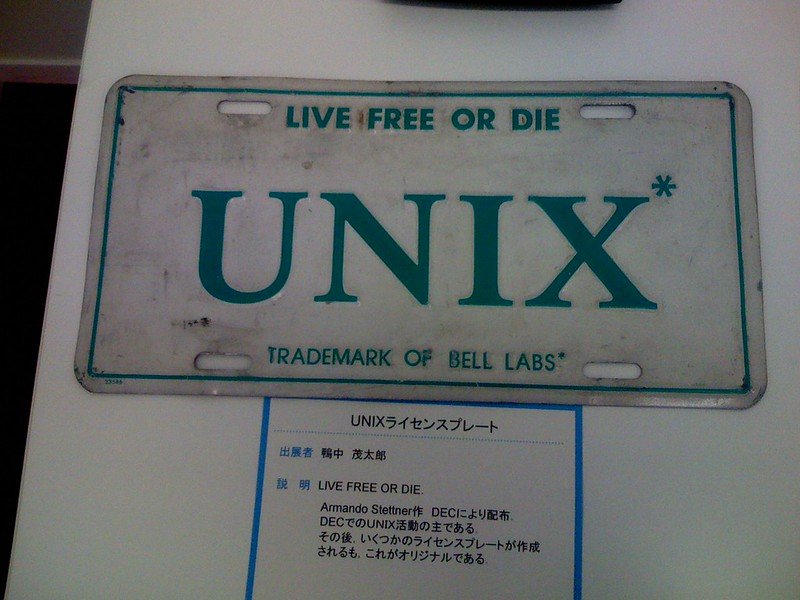
A Journey Through OS History
The world’s first operating system (OS) is difficult to pinpoint because the concept of an operating system has evolved over time, and early computers had rudimentary control programs that served similar functions. However, if we are talking about the first recognizable and widely acknowledged operating system, it would be “UNIVAC I Operating System” (also known as the UNIVAC I Executive System).
Here’s a detailed explanation:
Pre-Operating System Era (Pre-1950s)
Before the 1950s, the landscape of computing was vastly different from what we know today. Computers were indeed highly specialized machines, often massive and confined to research institutions or government agencies. In this era, there was virtually no abstraction between the user and the hardware.
Programmers were required to write their software directly in machine code, which consisted of complex sequences of binary instructions. This process was incredibly labor-intensive and prone to errors. Moreover, there was no concept of an operating system to mediate interactions with the hardware.
Each program had the onerous responsibility of managing its own input and output operations, as well as hardware control. This meant that programming not only involved solving computational problems but also dealing with the intricate details of the machine’s hardware architecture. Consequently, the barrier to entry for computing could have been higher, limiting the number of individuals who could effectively utilize these early machines.
Only with the emergence of the first recognizable operating systems in the 1950s and 1960s did the user-machine interaction paradigm shift. These pioneering operating systems introduced abstractions, job scheduling, and I/O management, laying the groundwork for today’s modern computing experience.
The UNIVAC I Operating System (The early 1950s)
The Universal Automatic Computer I, or UNIVAC I, stands as a landmark in the annals of computing history. Designed and developed by J. Presper Eckert and John Mauchly, this pioneering machine marked a significant leap forward in the world of computing when it was delivered in 1951. What sets UNIVAC I apart from its predecessors is its association with one of the earliest recognizable operating systems.
In an era where computers primarily required users to interact directly with the hardware, UNIVAC I introduced a transformative concept: the operating system. This operating system was responsible for vital functions such as job scheduling, input/output control, and error handling, abstracting the complexity of hardware interactions. UNIVAC I’s operating system laid the groundwork for subsequent developments in computer software and significantly improved the efficiency and usability of early computers.
As we trace the evolution of computing, UNIVAC I emerges as a trailblazing symbol of innovation, heralding the dawn of an era where operating systems would become an integral part of our digital lives, shaping the way we interact with computers and transforming them into the indispensable tools we rely on today.
Functions of the UNIVAC OS
The UNIVAC I Operating System provided several essential functions:
Job Scheduling
It allowed multiple jobs (programs) to be loaded into memory and executed one after another, enabling more efficient computer use.
Input/Output Control
The OS managed I/O operations, abstracting hardware details from programmers.
Error Handling:
It could detect and handle specific hardware errors.
Debugging Tools
It provided essential tools for debugging programs.
Batch Processing
The UNIVAC I was primarily used for batch processing, which means that a sequence of jobs was loaded into the computer, and the operating system would execute them without direct user intervention.
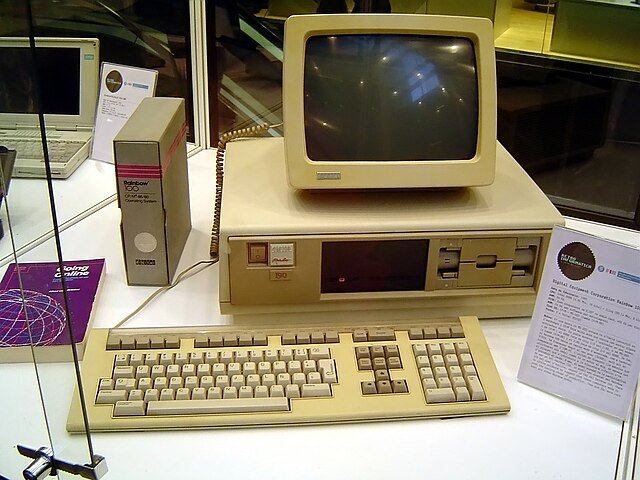
Evolution of Operating Systems
The history of operating systems is a testament to the ever-evolving nature of computing technology. In the early days of computing, operating systems were tightly coupled with the hardware of specific machines. These early operating systems were designed to cater to the unique features and hardware components of a particular computer, making them highly specialized and less transferable.
However, as technology advanced, the need for more flexible and generalized operating systems became apparent. This shift was driven by the desire for greater compatibility and the ability to run software across different computer architectures. Over time, operating systems started to adopt a more modular and abstracted approach, separating the software layer from the underlying hardware.
This transition allowed operating systems to become more versatile, supporting a wide range of hardware platforms. It also facilitated the development of software applications that were independent of the underlying hardware, fostering greater interoperability and expanding the possibilities of computing.
Today, modern operating systems like Linux, Windows, and macOS exemplify this generalization trend. They are designed to work on a diverse array of hardware, from personal computers to smartphones, servers, and embedded systems, demonstrating the remarkable evolution from hardware-bound, specialized systems to the adaptable and universal operating systems we rely on today.
Notable Milestones
Other early operating systems worth mentioning include
the IBM 701 I/O Control System (1953)
The system developed for the IBM 701 computer represents another noteworthy milestone in the early history of operating systems. Specifically designed to complement the capabilities of the IBM 701, this pioneering system demonstrated an early attempt at abstracting complex hardware interactions. It played a critical role in streamlining Input/Output (I/O) operations and device management, alleviating the burden on programmers who previously had to handle these tasks manually. This innovation improved the efficiency of computing processes. It paved the way for the development of more advanced operating systems that would later become a cornerstone of modern computing, where the operating system seamlessly manages such tasks.
Fortran Monitor System (FMS) (mid-1950s)
Developed for the IBM 704 computer in the mid-1950s, the Fortran Monitor System (FMS) represented a significant leap forward in the history of computing. FMS was designed to simplify and streamline the process of running Fortran programs, a high-level programming language gaining popularity then.
FMS allowed users to submit their Fortran programs for execution without having to manage the intricacies of the hardware and low-level details themselves. This marked a crucial shift towards user-friendly computing, as programmers could now focus more on their code’s logic and less on the hardware-specific nuances. FMS laid the groundwork for developing more advanced and user-centric operating systems, setting the stage for the modern computing landscape we know today.
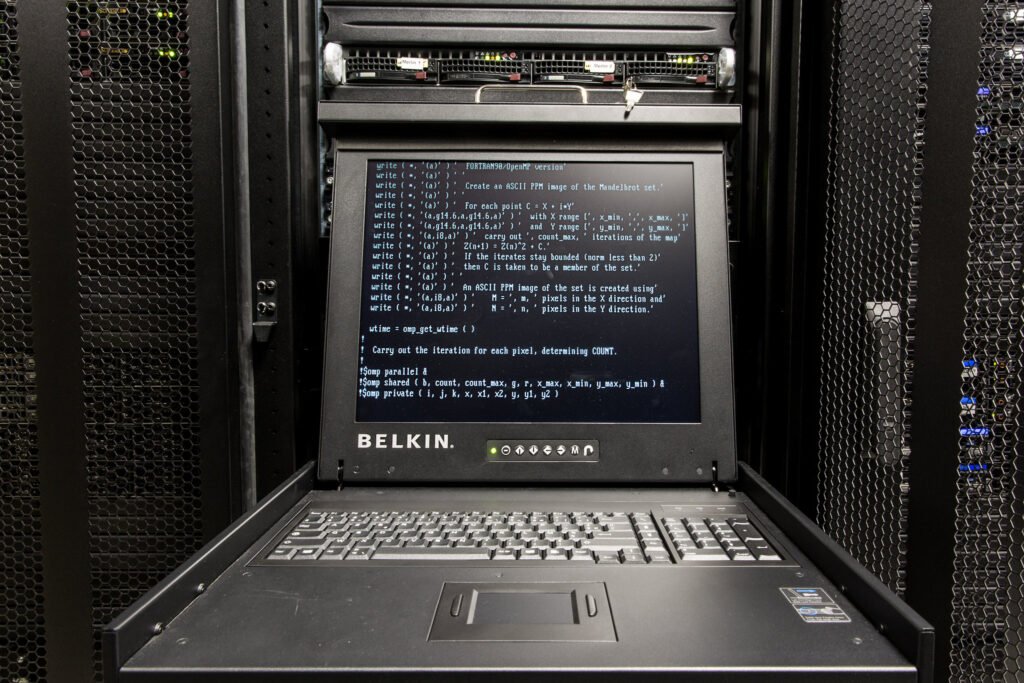
It’s important to note that these early operating systems were quite basic compared to modern operating systems like Windows, macOS, or Linux. They lacked many of the features we take for granted today, such as multitasking, multi-user support, and a graphical user interface. Nevertheless, they marked the beginning of the evolution of operating systems, which have since become an integral part of modern computing.


